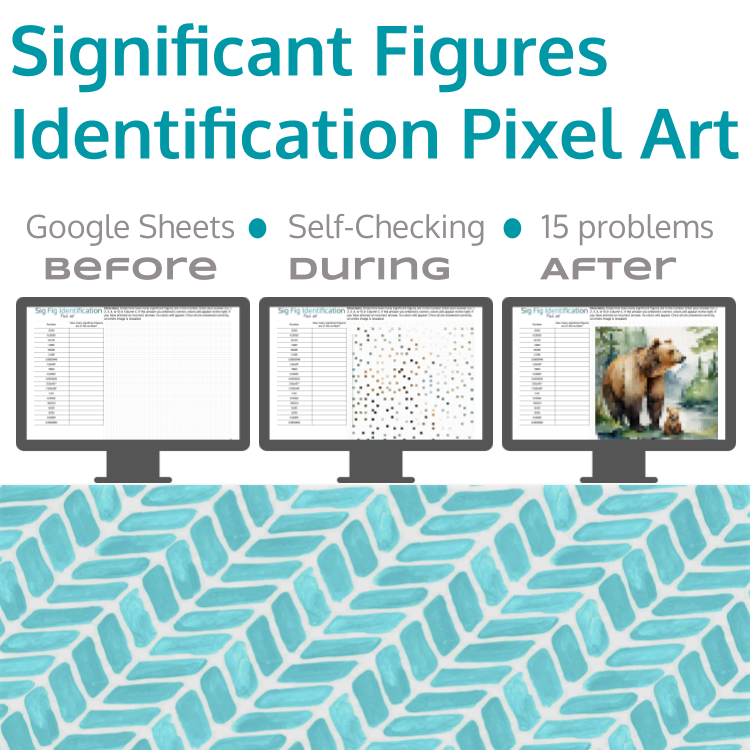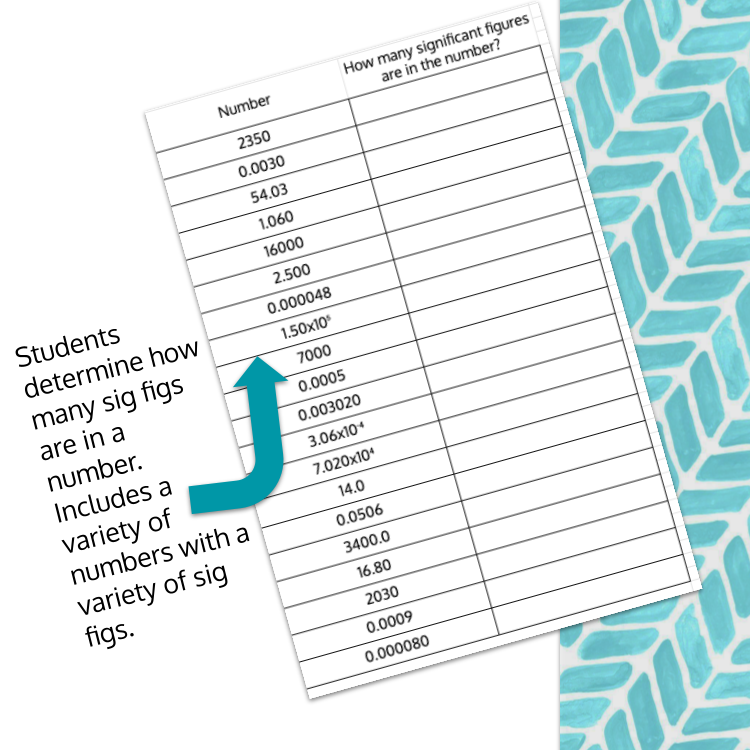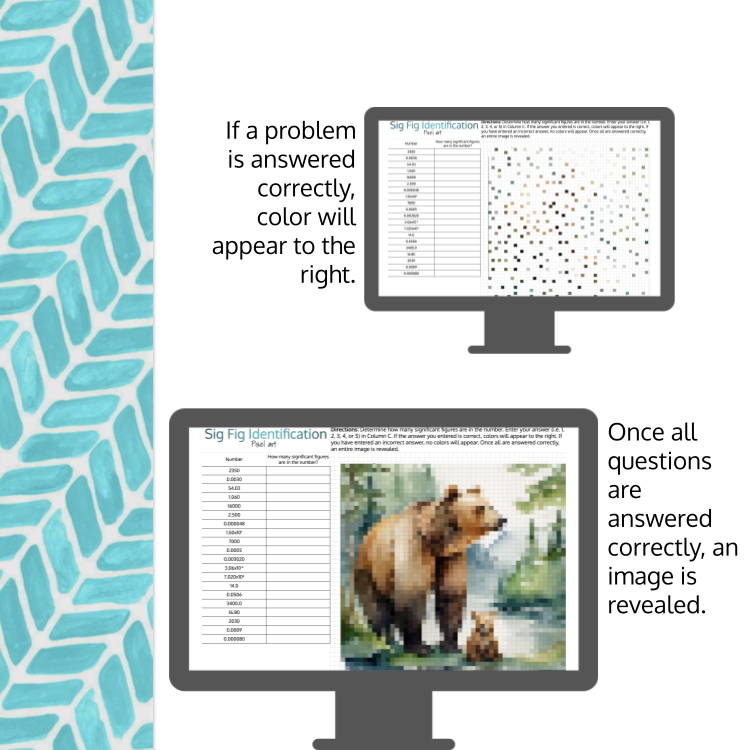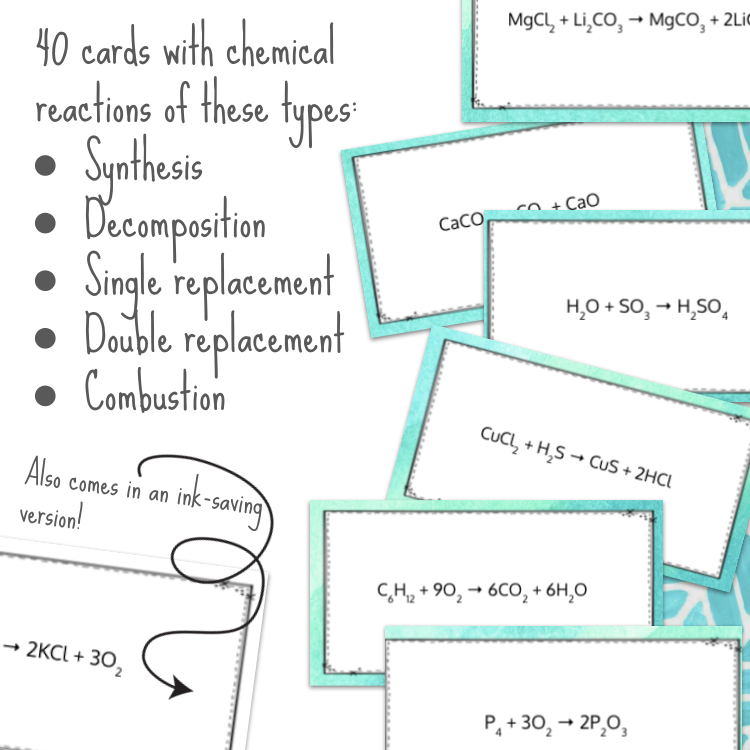 Image 1 of 4
Image 1 of 4

 Image 2 of 4
Image 2 of 4

 Image 3 of 4
Image 3 of 4

 Image 4 of 4
Image 4 of 4





Chemistry Lab Equipment Mole Hill Printable Activity in 10 Card and 20 Card Versions
Use this mole hill to help students practice identifying common lab glassware and equipment! Use this mole hill to help students practice identifying common lab glassware and equipment! This mole hill contains 2 versions-one with 10 common pieces of lab equipment and glassware, and the other with 20 total cards. The version with 20 cards contains all equipment in the first set, plus additional lab equipment.
The 10-card set includes the following glassware and equipment: beaker, Erlenmeyer flask, graduated cylinder, watch glass, test tube, tongs, test tube clamp, scoopula, funnel, glass stir rod
The 20-card set includes all of the above plus: pipette, evaporating dish, Bunsen burner, crucible and lid, clay triangle, forceps. volumetric flask, ring stand, burette, wash bottle
Whichever version you choose, you must use ALL cards in that set. Otherwise a complete loop will not be possible.
For the print version, students will begin with all sides flipped to the answer side. Students will choose one card at random to flip to the question side, and then will answer that question. The answer to the first question will be in the answer bank somewhere, and when they find it, they flip that card over to the question side, placing it on top of the previous question. This forms a "mole hill," or question pile/question stack. The activity is very similar to dominos, except the students will stack their work. You will need to print out and cut the cards in enough sets for pairs of students to complete the activity. I also recommend laminating the cards for durability.
For the digital version, the process is very similar, except it is in a Google Sheet. Students will flip cards, but there is no stacking. Two versions, the 10-card set and the 20-card set, are included in digital format. Both you and your students must have a Google account and access to the internet to use this resource.
This resource includes both a print version (in color and an ink-saving version), along with the student Google Sheet for the digital version.
Join my email list and receive four self-checking ideas, along with four FREE self-checking products and/or templates.
Let's connect onInstagram.
Use this mole hill to help students practice identifying common lab glassware and equipment! Use this mole hill to help students practice identifying common lab glassware and equipment! This mole hill contains 2 versions-one with 10 common pieces of lab equipment and glassware, and the other with 20 total cards. The version with 20 cards contains all equipment in the first set, plus additional lab equipment.
The 10-card set includes the following glassware and equipment: beaker, Erlenmeyer flask, graduated cylinder, watch glass, test tube, tongs, test tube clamp, scoopula, funnel, glass stir rod
The 20-card set includes all of the above plus: pipette, evaporating dish, Bunsen burner, crucible and lid, clay triangle, forceps. volumetric flask, ring stand, burette, wash bottle
Whichever version you choose, you must use ALL cards in that set. Otherwise a complete loop will not be possible.
For the print version, students will begin with all sides flipped to the answer side. Students will choose one card at random to flip to the question side, and then will answer that question. The answer to the first question will be in the answer bank somewhere, and when they find it, they flip that card over to the question side, placing it on top of the previous question. This forms a "mole hill," or question pile/question stack. The activity is very similar to dominos, except the students will stack their work. You will need to print out and cut the cards in enough sets for pairs of students to complete the activity. I also recommend laminating the cards for durability.
For the digital version, the process is very similar, except it is in a Google Sheet. Students will flip cards, but there is no stacking. Two versions, the 10-card set and the 20-card set, are included in digital format. Both you and your students must have a Google account and access to the internet to use this resource.
This resource includes both a print version (in color and an ink-saving version), along with the student Google Sheet for the digital version.
Join my email list and receive four self-checking ideas, along with four FREE self-checking products and/or templates.
Let's connect onInstagram.















